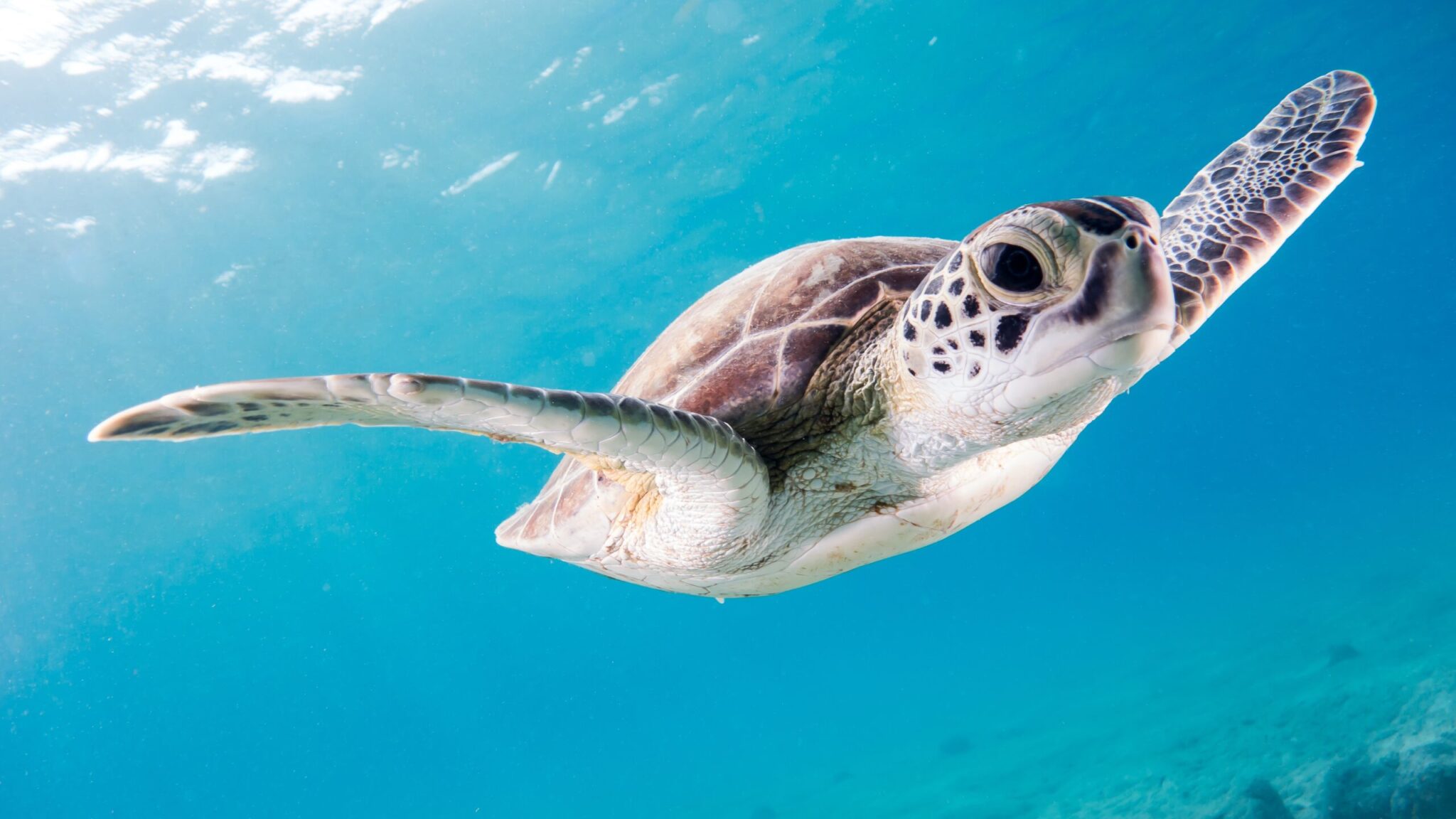Is Climate emergency -2019 word of the year- necessary for the survival of humans only or is it a dire need of the whole ecosystem? It is an important question you must ask yourself right now because climate change sees no boundaries, no flags. This catastrophic situation has not only taken a toll on humans but is also an alarming threat to our wildlife. Most of our species have become vulnerable, and some are at the risk of extinction- this is what we humans are risking at the expense of climate change. Polar bears are starving-, carb shells are dissolving and coral reefs are dying – all this is the aftermath of the changing climate. It’s not only the Australian wildfire that has dealt them with cruelty, but climate change also has its direct fare share in making them go extinct.
Before diving into how climate change is affecting wildlife, we should understand the phenomenon that led our planet to face this emergency.

Global Warming
One of the significant reasons for climate change is global warming. According to the special report of the intergovernmental panel on climate change on Global Warming highlights climate impacts at the current ~1°C global warming as well as the risks of reaching a 1.5°C and the irreversible losses that would take place at 2°C or more warming.
Human activities are greatly responsible for the global warming our planet is facing today. The burning of fossil fuels releases a great amount of carbon dioxide that collects in the atmosphere, absorbs all the sunlight that increase Earth’s temperature. Deforestation is another powerful reason for the increased temperature of the planet. Forests are the homes to many animal species and are carbon sinks, they absorb the carbon dioxide present in the atmosphere and are an essential means of keeping global warming to 1.5°C.
Sea Ice is melting
Melting ice sheets is one of the significant reasons for climate change. Over the last decade, we have seen an increase by 5°C in the average air temperature, which has declined the Arctic sea ice by more than 30 percent, according to the National Snow and Ice Data Center. The Antarctic lost about 286 billion tons of ice per year, while Antarctica lost about 127 billion tons of ice per year during 1993-2016.
Both the North and south pole play an important role in regulating the planet’s climate by reflecting the sun’s energy and effectively counter the effects of global warming. It also affects the polar species life cycle to a great extent.
Sea levels are Rising
Shrinking ice sheets, melting glaciers and expansion of water that heats up, all these factors add to the increase in sea level. Recent data shows that the sea level has risen to 8 inches in the last decade and continues to accelerate every year by .13 inches (3.2mm). Rising sea levels harm wildlife as it causes wetland flooding, erosion, and loss of habitat for fish, birds, invertebrates and other coastal wildlife.
Oceans are acidifying
Oceans are ‘carbon reservoir’ for all the carbon dioxide humans pour into the atmosphere using fossil fuels, preventing it from accumulating in the upper atmosphere. But this increased carbon dioxide concentration is changing the PH of oceans which has reportedly been decreased by 0.1 units since 1750 and is projected to drop another 0.5 units by 2100, making the ocean more acidic for the marine life to exist, which is a real loss to the wildlife.
How does climate change affect wildlife?
Climate change has bestowed wildlife with a ‘struggle for existence’. Animals are enforced to change their feeding and breeding pattern to adapt to the changes. They also experience habitat loss and at times they have to migrate to the places with the more favorable climate conditions to survive. Survival is now left in the fate of only those species who can mobilize and fight for the battle of the fittest, otherwise, they may go extinct.
Here are just a few examples of how climate change is endangering the magnificent species of our ecosystem.
African Cheetah
Spotted cat, the world’s fastest animal is losing its ability to reproduce. As a result of warmer temperature, male cheetahs have developed abnormal coil in their sperms that affects their breeding. Moreover, the big cat’s prey populations i-e Thomson’s gazelles are declining rapidly due to climate change. As a result, it preys on other herbivores that don’t have high protein content like gazelles; hence impeding the cheetah’s population.

Panda Bear
Giant panda bears, considered as the national treasure in China, lives in the mountains of southwest China and rely on the bamboos of the temperate forest for its food and shelter. But climate change is causing a major drought of bamboos, leaving starving pandas struggling for their food and habitat.

Green turtle
Green turtles are reptile with extreme sensitivity for temperature change. The sand where the eggs are laid decides the sex of baby turtle. Cooler temperature produces males and warmer temperatures produce females.

An increase in temperature due to global warming results in more females as compared to males and hence it disturbs the natural gender ratio. This disturbance is of extreme concern as without males, there will be no reproduction and we can lose our majestic species due to this climate change.
Coral Reef
Coral reefs have a narrow temperature range and become stressed in warm water resulting in coral bleaching. During coral bleaching, corals lose their color and their built-in food source and eventually die. The world has seen three major coral bleaching events in 1998, 2010 and 2014-2017. In the latest event, Scientists recorded the killing of two-thirds of the corals in the northern part of Australia’s Great Barrier Reef. Increased temperature is a great threat to this precious species-as at the warming of 2°C nearly all coral reefs will be lost.

Polar Bear
Polar bear, the high energy beast, is the most evident or absolute image of how climate change is affecting wildlife. Polar bears rely on sea ice for their hunting, mating and traveling. Melting ice off the Arctic due to climate change is posing a great threat to polar bears, heavily because of less ice for bears to hunt seals on; making them a vulnerable species.

Asian Elephant
The biggest concern for these gentle giants in this climate emergency is their dire need to drink a lot of freshwater every day which influences their reproduction and migration. But this increased temperature makes it difficult for an elephant to get the required amount of water, threatening its survival.

Adélie penguin
The littlest and the most widespread species of penguins rely on krill as their main food source. Melting of Arctic ice sheets resulted in a decline in the krill population that lives under the Ice sheet where they breed and feed. Hence, these excellent predators must migrate in search of food which negatively affects their breeding pattern. Due to climate change, Adélie populations have fallen by more than 65% in the past 25 years.

Time to Act!
Climate change is a real thing and is filtering out the unfavorable species making it a less diverse ecosystem with the survival of the fittest only. Our natural world is on the verge of collapse, our iconic species are at the risk of extinction, our biodiversity is at stake and there is a dire to need to tell the world that we are not doing it right. It’s the stage of now or never for us.
Ash Sanders, a member of the environmental activist group Extinction Rebellion, said in a statement:
“If we want to stop climate catastrophe, we have to tell the truth, we have ten years to transform our consumer behavior, our economy, and our culture to preserve life on earth”
We have not lost the battle yet, there is still hope, we can save our valuable species significantly through our conscious act and a better lifestyle. For this, we must transit to a fossil-fuel-free world. We need to stop cutting down forests, safeguard and protect the connectivity of habitats and enhance the potential of the forests left, making it a corridor for wildlife. Evaluate the vulnerability of species and plan adaptive management practices accordingly.
For the catastrophic situation humanity is facing, we need everyone to come on the board politicians, workers, students, teachers — scientists and take responsibility. Collaboration is the key to success, we cannot deal with the situation single-handedly but through collective effort, if we want an effective outcome and make the world a better place to live for all the species. But we have to make a conscious effort before it’s too late!
As the 16-year-old climate activist Greta Thunberg said in a speech given at the World Economic Forum in Switzerland earlier this year
“I want you to panic. I want you to feel the fear I feel every day. I want you to act. I want you to act as you would in a crisis. I want you to act as if the house is on fire because it is.”
Also Read: Australian wildfires: An apocalypse for wildlife

Sabeeka Zafar is a Bioinformatician-to-be with a passion to be a significant part of the great revolution in the near future in the field of Bioinformatics specifically and that of Science generally. Sabeeka is a social activist, enjoys working with people for the betterment of the society and loves to read and to write.

